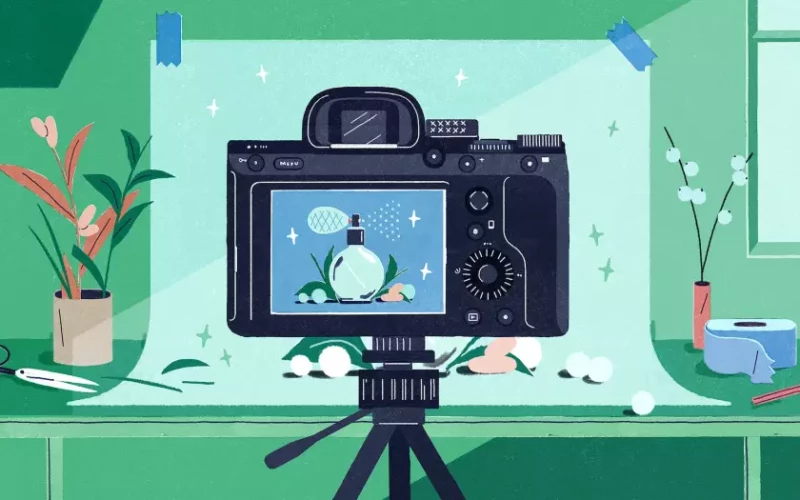Do you have a creative business in the process of launching its first online store? Take fantastic product photos to make your products fly off the shelves.
In the world of online sales, there are few things as important as the photos of your products. They tell their story, their colors, texture, size, shape, and how to wear or use them. Showing your products in use helps customers imagine themselves enjoying your creations and increases the chances of selling.
Photos are worth spending a little time on, but you don't have to be Dorothea Lange to create your fantastic gallery. You don't even need a fancy camera, most current smartphones will do. Here are some tips for taking great photos fast.
Light, light, and more light
Forget professional cameras. The most important ingredient in a photo is light.
Always take photos in daylight if you can, unless you have access to a professional studio where you can replicate daylight conditions.
The golden rule is to focus away from the light source, not toward it. So if the light comes from the window, place yourself between the window and your products, being careful not to cast a shadow.
Don't have big windows? It's okay, you can use a door to create a temporary light source. If possible, open the door and let the light in.
It may not seem like it, but a cloudy day is the best time to take product photos. The clouds act as a natural light diffuser, filtering the light so it is distributed more naturally without sharp lines of light or dark shadows.
If you're going to be taking photos outdoors, a large area of ??shade such as one side of your house is a good location.
If you have limited natural light (a fairly common problem for people who work office hours in the winter), you can try getting LED lamps to arrange around your workspace and diffuse the light with sheets of parchment paper or parchment paper. of calc.
Small items like jewelry can be placed on a white corkboard for a bright, glare-free white background. You can also put the cork around the lens of the photos to maximize the available light.

5 essential photos
Taking product photos is fun? the first few times. But taking lots of photos from different angles and choosing the best ones can be time-consuming. Once your store is up and running, you'll want to spend less time choosing photos and more time running your business. If you have a list of standard photos to take, the session will become a quick and easy task. These are our suggestions for your list:
Miniature
An image of the full product that looks great as a thumbnail and encourages people to click through to your description. It should also work on print products like Flyers and Postcards.
Foreground
Using macro mode (if available on your camera or smartphone), zoom in until the product texture can be seen to let shoppers know its quality.
image to scale
A photo that shows the size of the item compared to a common object like a coin, smartphone, or door. It also works to show the product in use, for example on a hand or a mannequin. If your product is clothing or fabric, its texture and drape can also be seen.
the back
Let your customers see the back or bottom of your products too. The object is to replicate what they would see if they had it in front of them live and direct. The finish of your products, their seams, or their binding on the back is an indicator of quality.
variety and packaging
Display your product in a group with a variety of colors and styles, or next to similar items that may tempt your shoppers. Try to show the packaging they will arrive in, especially if they come in a box or gift wrap. It will help people view your receipt and be encouraged to click the ?add to cart? button.
Attention!
Finally, a couple of things to watch out for when taking your product photos.
Filters and digital editing can make the colors of your products less true to reality and confuse your customers (even if they make the photos look better).
The flash can create a harsh effect that reduces color. Try the natural light tips above before resorting to flash as a last resort.
Backgrounds and reflections. Don't be that person who leaves dirty (or worse) socks lying around and they end up being seen behind the product in the distance or reflected off a smooth surface.

Md Forhad Hossen
Meet Forhad! A technical writer with a Computer Science background. He combines her academic knowledge & creativity to transform complex facts into engaging content. With a sharp eye for detail, she keeps readers updated on tech trends.

